
by Anika D | Feb 4, 2022 | Industrial IoT, Information Technology
The internet of Things – IoT technology is around a billion devices connected to the internet which collect and share data. The rise in IoT witnessed a growth in the pandemic era as homes are new offices now. Up to 278 business executives plan to reduce their office space by 30% post-pandemic.
Such a change in work culture has made many tech tycoons introduce intelligent home features to reduce workload. Let’s check what the future holds for household chores in the arena of IoT.
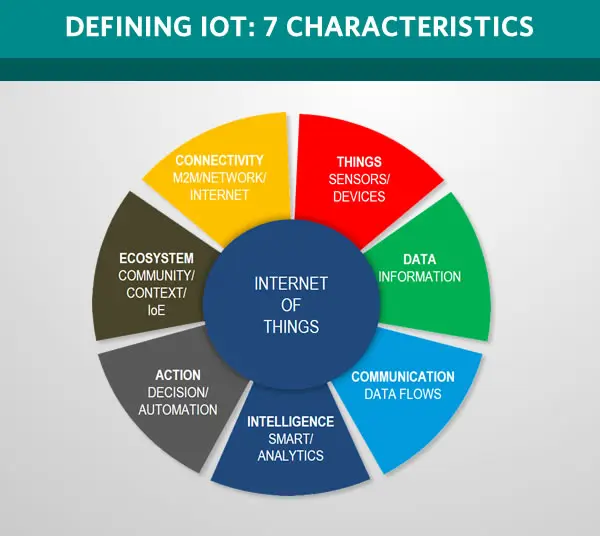
Source
Smart Showers
Imagine a smart home alarm waking you up early because you’re on a hectic schedule today. The smart shower has already coordinated with data, and the water is heating at 105 degrees Fahrenheit. Everything is adjusted and customized according to your preferences.
Yes, it’s possible with IoT IoT technology and smart technology aiming to reduce household chores. Smart showers are powered by future-changing emerging technologies having sensors such as microchips, thermostats, voice control, and much more. It stores your weekly routine, collects new data, and works coordinates with the help of an app.
Home Cleaning and Laundry
The primary household chore is cleaning and laundry. IoT-driven applications like RFID technology will manage all your laundry. For example, there are smart laundry dispenser cabinets. It will collect clothes and wash them according to the amount of dirt.
Also, it will give alerts to residents about laundry schedules. In addition, they sort out the clothes and fold them after perfect washing and drying. The cleaning will become hassle-free with automated robots. It can map the house with tiny sensors and cameras. So daily it will be street cleaning like a punctual house help. They sense children on the floor, hindrances, and avoid stairs.
Kitchen Robots – IoT Technology
Doesn’t it feel like fantasy? But, it’s going to be true. The kitchen robots will use the latest sensors and cameras for cooking food. Moreover, the camera will use face recognition technology for sensing every family member.
Smart kitchen robots are versatile as various cuisines are stored in their memory. Further, robots connect with your smart home to work as a family member. They can store routine, behaviour, and data to give you a human-like cooking experience.
Shape-Shifting Furniture
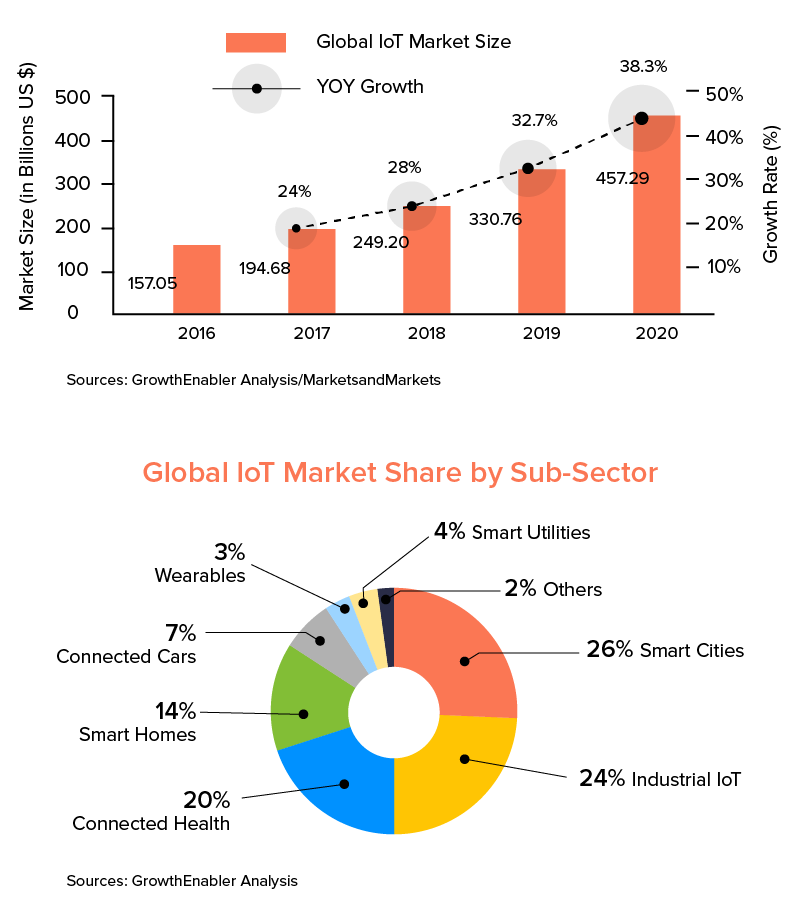
Source
Reduce the tedious work of moving furniture as smart furniture is autonomous. Also, in the coming future, the Internet of Bodies will not look like computers but like usual elements of the home. To decrease your workload, tech capitalists are creating smart furniture.
They are app operated, can take their decisions, and are touch-controlled. Moreover, the furniture can turn the bed to an office chair, couch on just a command or judge the scenario. It will solve half of your work at home.
Bottom Line
By 2027, the IoT market will yield over $520 billion in market revenue, and the reasons are its immense benefits. Not only the household, but it’s taking over all the industries. It lets you focus on your primary goals to leave other tasks to intelligent gadgets. Another buzz is that it’s very energy-efficient and smart in all ways. So, look forward and stay updated with IoT technology to know what the future holds.
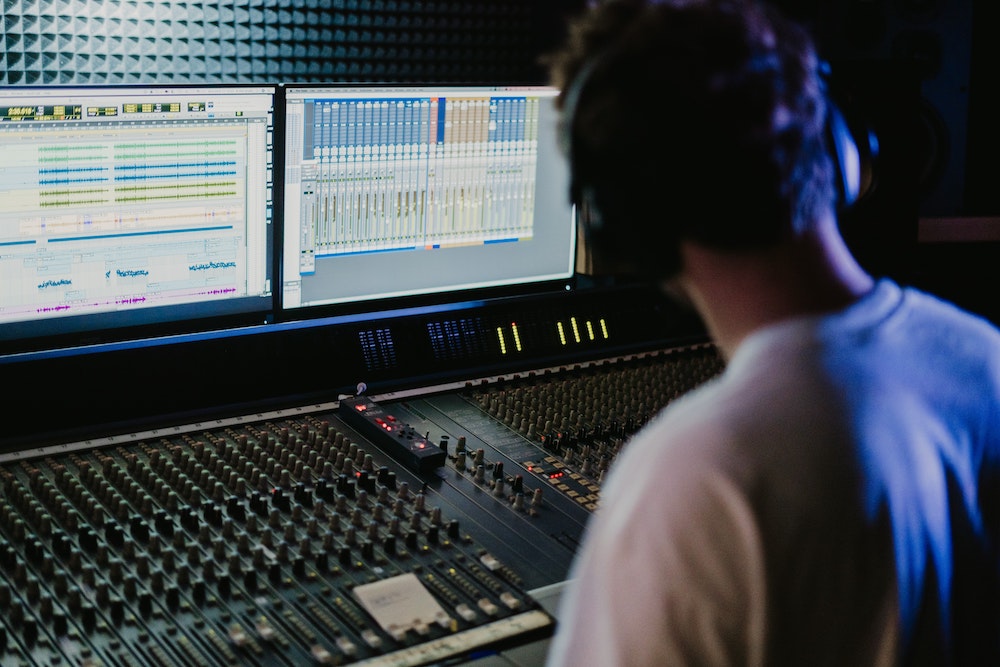
by Anika D | Jan 17, 2022 | Business, Cybersecurity, General, Information Technology
The legal industry has transformed significantly over the years and will remain growing at a significant pace. As a result, various law firms worldwide are increasing their annual investments in voice technology. Voice technology gives a new face to the legal industry by providing several opportunities for market expansion, client experiences, or remote working. In addition, legal firms emphasize using voice technology to improve security, data storage, and other factors.
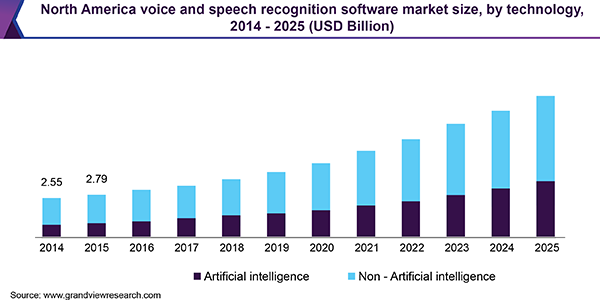
Source
Why Depend on Voice Technology?
Voice recognition helps to improve the productivity of corporate legal departments and law firms by supporting the tasks listed below:
- Reduce dependency on support staff
- Minimize document turnaround and streamline documentation efforts
- Dedicate extra time to understand the demands and problems of clients
- Lower transcription expenditure
- Focus on a business that can cross a lawyer’s desk.
You can easily achieve these tasks without changing existing information systems or processes. Voice recognition technology holds language modeling to determine and differentiate within millions of human expressions that produce a language. It uses statistical models for analyzing and interpreting incoming streams of utterances.
The latest advances in voice recognition significantly improve detection accuracy, performance, and usage ease. For example, Google’s Cloud Speech-to-Text can detect 120 languages and has attained 95 percent accuracy in the English language. These types of accomplishments are creating amazing discoveries in the legal domain.
Voice Technology Empowers the Legal Work
Each legal professional uses voice technology for several purposes, depending on their responsibilities and roles, workflow adjustments, and other needs. The primary beneficiaries of voice recognition in the legal industry are:
- Judges
- Attorneys or Lawyers
- Support Staff or Assistants
- Court Reporters
- Partners and Associates
- Law Students
- Transcriptionists
- Paralegals
- Legal Researchers
Voice technology in the legal domain includes the following applications:
-
Documents creation and management
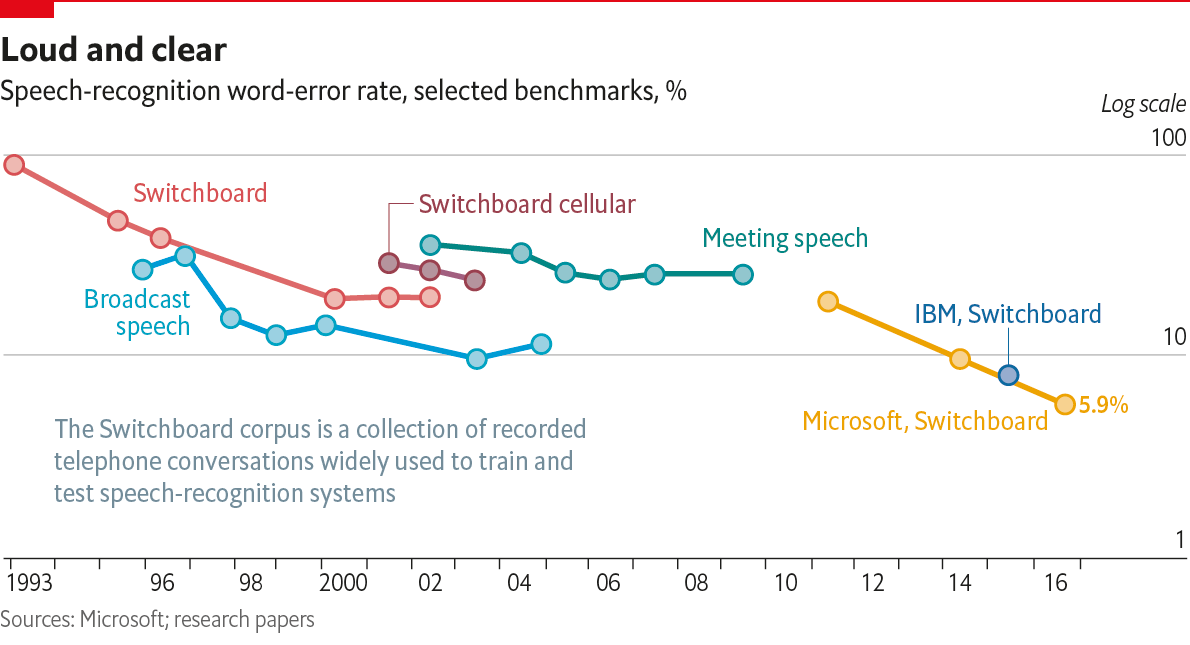
Source
Law firms depend on paralegals, legal secretaries, or external transcriptionists to decipher the documents like legal briefs, client memos, contracts, and deposition summaries. It will hike the administrative charges of the law firms and extend the dictate – transcribe – review – edit cycle causing customer dissatisfaction.
A lawyer can dictate the document to their system instead of manually typing it using voice recognition software. This software transcribes the dictation automatically that you can review later to check accuracy.
-
Contract Review Automation
In most law firms, manual contract reviews consume considerable time and resources. AI-enabled word analytics offers the ability to analyze and review documents automatically with human-like knowledge. Application of Natural Language Processing (NLP) and data capture techniques allow us to identify facts, key sections, entities, or clauses from contracts and business documents. It also enables us to determine if the agreements meet the set criteria.
-
Audio and Text Summarization
A lawyer cannot replace voice recognition software’s impressive and fast processing power while surfing through large data. The voice recognition and analytics tool uses machine learning models to deliver precise summaries of lengthy documents. As a result, it can be useful for incorporating large information into a short report in legal work.
Bottom Line
Voice recognition APIs enable companies to look at call data surfacing details that empower legal professionals to care for their clients. Instead of randomly reviewing the small number of calls, lawyers use voice recognition softwares for proactive intervention.

by Anika D | Jan 17, 2022 | Emerging Technology, System Engineering
Overstaffing is a burden for a company, but shortages can be risky as it overwhelms the existing staff. So, staffing is a daunting task that needs to be balanced properly. Staff augmentation is one of the best ways to fill gaps in the workforce, keeping the company’s culture quality in mind.
It is a cost-effective model for staffing as you don’t have to spend money on office space or other overhead costs. In addition, it is an innovative approach to fill temporary positions with talent worldwide.

Source
What is Staff Augmentation?
Staff augmentation is one of the strategies of HR outsourcing. It allows companies to hire staff based on skills needed for any project to augment the team temporarily. It is a remote staffing model allowing organizations to make a team of skilled employees to perform a specific task and fill gaps in compliance with business objectives.
Ways to Use Staff Augmentation in the Company
The staff augmentation model is a highly effective staffing way if you implement it correctly.

Source
The following are some ways to augment your staff for the short-term with external resources:
-
Select Projects with Limited Time Requirement
The model works well for one-time projects with no ongoing continuation plan. Usually, software development projects are viable options to avail the staff augmentation benefits. If you want to develop a mobile application or website to meet the business needs, go for staff augmentation instead of direct hiring.
There is a logic that technology and staff augmentation seem like a natural fit. Hiring a programmer on a project basis is a perfect decision compared to hiring a full-time developer for a one-time project. Mobile app or a website maintenance is a lengthy process, and you can do it in-house. Therefore, it is best to hire project managers and software developers using staff augmentation for IT business.
-
Determine Talent Gaps within the Organization
You can look for insights related to talent gaps within the company by in-depth analysis of business processes. Perform a talent audit to identify the current talent deficits to evaluate existing project requirements or lay down new project plans.
After identifying gaps, determine whether there is any need for a resource on a long-term basis or limited to the specific project. For the latter one, staff augmentation is one of the best ways to bridge the gap.
-
Identify Need for Unique Skill-Set
Once you determine a project role and particular skill-set you want to hire for, the process of looking for the right talent starts. The organization that you make your partner will look for the right talent by properly screening.
There is an advantage of hiring employees on a short-term basis. They have more experience handling projects similar to yours and showcase their own skill-set. The quality of work done by developers who worked on different projects is more than one who worked on the same project.
Wrapping Up
If you try staff augmentation, ensure that you have all those procedures in-house. First, create a detailed project plan. Then, follow it to set the tasks for your staff and manage the progress.
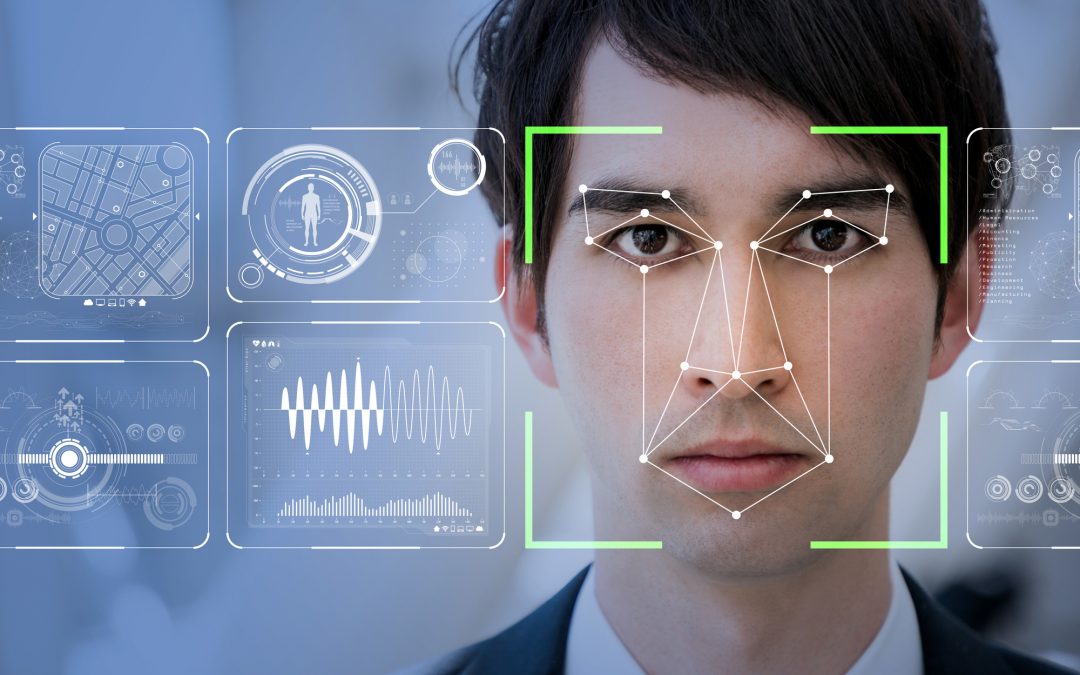
by Anika D | Jan 12, 2022 | General
Face recognition is becoming the mainstream technology used in sectors starting from law enforcement to biometric security. In addition, many organizations started using it in light of the COVID-19 pandemic.

Source
Facial recognition technology has a great potential to reduce physical contact or personal interactions and enforce COVID safety rules. Moreover, various IT giants offer cloud-based services like Microsoft Azure’s Face, Amazon Web Services Rekognition, etc.
Amazon’s Rekognition is a service that goes beyond face matching by detecting activities and understanding the movement. The ability to identify people and understand everything happening in a scene expands the technology’s use and business value.
Future of Face Recognition Technology
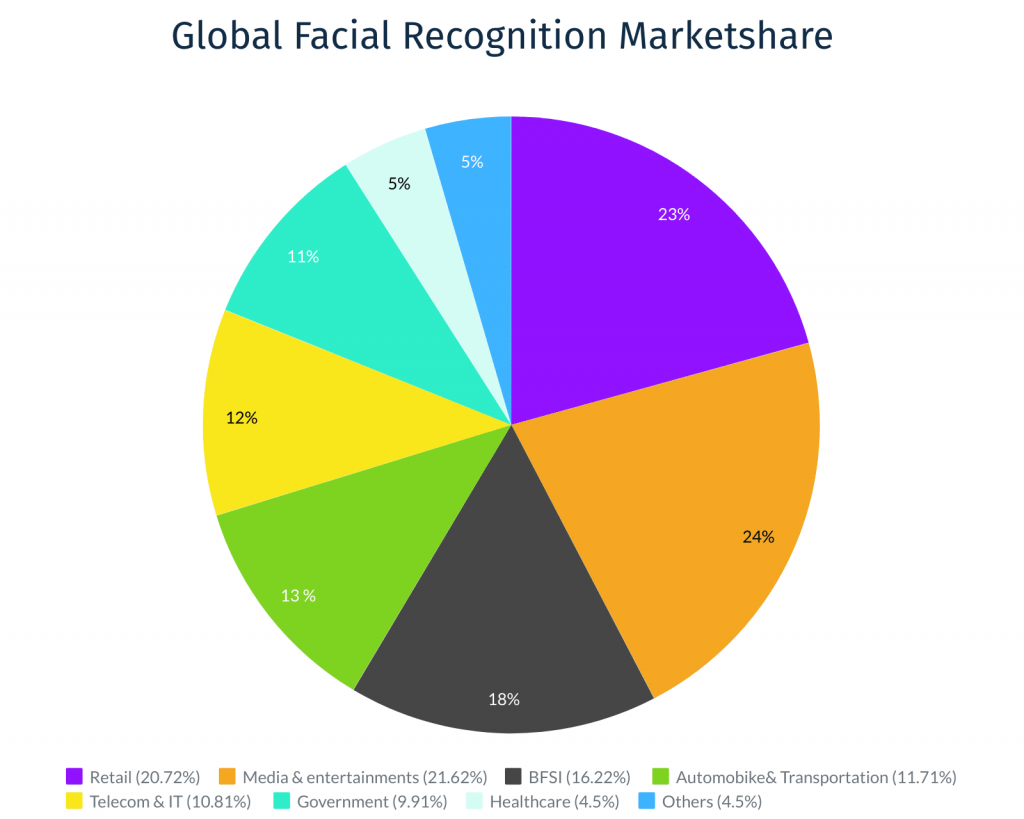
Source
● Face Detection
Face detection technology performs the following essential tasks to obtain better performance of face-related applications:
- Determining facial regions in a picture against different backgrounds.
- Determining the face alignment, like size, position, and rotation.
With the development of various face-related applications, face detection technology has become important in recent years to detect faces under challenging situations.
● Face Alignment
Facial pose and expressions impact the accuracy of face recognition. Therefore, it is vital to align the shape and position of facial parts for accurate face recognition. So, it is necessary to have a robust
● Face Matching
Face matching technology extracts a vector feature from a face image to identify the pre-registration of the person in the photo. However, the conditions of registered and query images captured are not always the same.
Variations of illumination or posture and facial expressions constitute significant factors to match performance degradation. To solve this pose variation problem, you can use face normalization technology. It corrects the frontal face posture as well as the size and position of an image by using a 3D shape model.
Use Cases
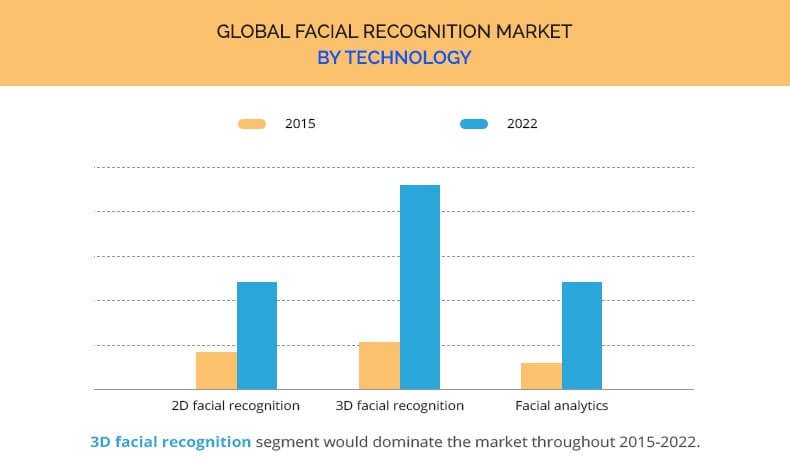
Source
The two critical applications for facial recognition technology are authentication and surveillance. Though both have a range of use cases, authentication has got acceptance by the public. It is convenient to outweigh the privacy implications.
The ease of unlocking Windows computers and smartphones with apps logging and authenticating transactions has made people comfortable with the technology. Meanwhile, it is also used in agreement with smart passports, speeding the immigration queues.
During COVID-19, most businesses apply facial recognition to build access management in the COVID-safe plan to return to work. It eliminates guest’s and staff’s requirement to check-in through communal touchscreen kiosks.
Face recognition technology can be integrated with self-service checkouts, supporting payments authorization or loyalty cards for completely touchfree transactions in the retail environment. In addition, various fraud detection applications in the financial sector are using this technology for two-factor authentication.
Also, some supermarkets are planning to encourage customers to ‘Just Walk Out’ with shopping bags by paying automatically. It is all thanks to artificial intelligence advances and facial recognition. The face recognition technology enables supermarkets to make completely checkout-less stores and minimal staff.
Conclusion
The future of face recognition technology is bright. It will indeed stay for a long time, so we should embrace its benefits. As seen above, various use cases show that facial recognition helps a lot. For example, it creates a safe environment, providing great security and enhancing customer experiences.
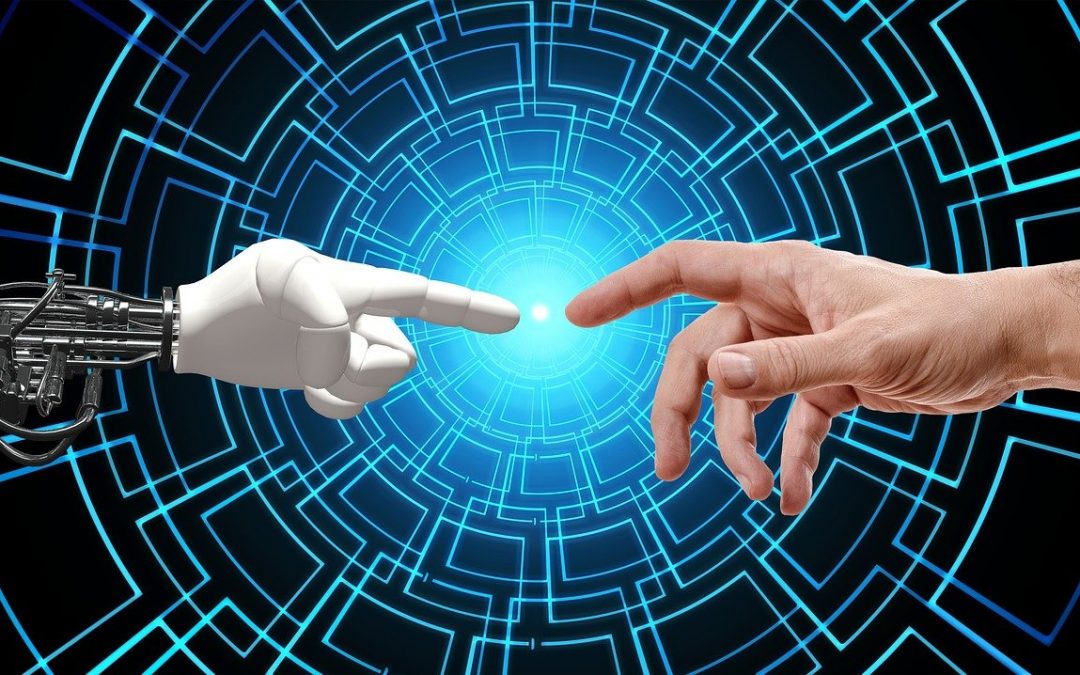
by Anika D | Jan 5, 2022 | General
Artificial Intelligence (AI) will be the touchstone that transforms many industries. This brings doubts regarding the role of women in AI. Its predecessor, Information Technology, suffered from the lesser participation of women in leadership positions. This is poised to change with women’s role as frontrunners in AI.
Let’s look at the top seven women leading the AI world.
Joy Buolamwini
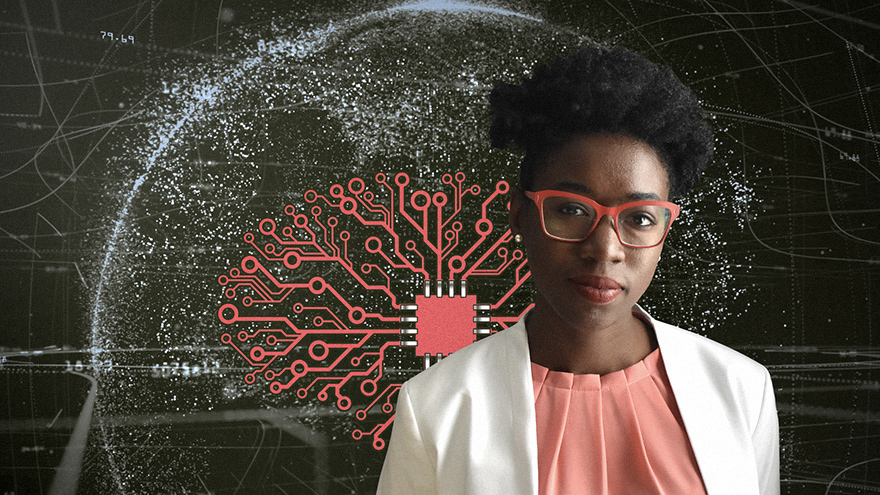
Joy Buolamwini, an MIT graduate, is lauded for her groundbreaking research on algorithm bias. She single-handedly exposed the race and gender biases implicit in facial recognition algorithms.
In addition, this acknowledged the concession that facial recognition technology was not ready for public consumption yet. This did not stop the other commercial applications of artificial intelligence. Also, Buolamwini founded an organization called ‘Algorithmic Justice League.’
Rana el Kaliouby

Rana el Kaliouby has made it her life’s work to improve the emotional intelligence of AI. She has transformed the field of expression recognition research. Hence, the technology development is a subdivision of facial recognition, focused on emotion recognition. Kaliouby is ascribed to the pioneering field of Emotion AI.
Moreover, she is co-founder and CEO of Affectiva, an MIT spinout company that created machine learning algorithms that interpret human expressions and emotions. MIT recently published a study on a new machine learning model that understands object relationships.
Daphne Koller

Koller has been a professor at Stanford since 1995, specializing in Machine Learning. She and her colleague, Andrew Ng, were the founders of the edu-tech business behemoth ‘Coursera.’ Most recently, Koller is the Founder-CEO of Insitro. It’s a firm that uses machine learning to revolutionize pharmacological medication research.
Anna Patterson

Anna Patterson is the founder and Managing Partner of Gradient Ventures. Her remarkable career delved into designing and delivering artificial intelligence to startups and major tech companies. Also, she started her career with Google and was promoted to the company’s VP of Engineering for many years.
Daniela Rus

She is the first female head of MIT’s Computer Science and Artificial Intelligence Lab (CSAIL). This is one of the most prestigious and prominent labs in the world. Her breakthrough research shows its impact on networked collaborative robots, self-configurable robots, and soft robots. In addition, she believes that a robot is a tool and can be extremely beneficial. Moreover, her efforts have led to artificial intelligence used everywhere.
Claire Delauney

Claire Delaunay has held leadership roles in many of Silicon Valley’s renowned firms. Her resume spans work with SRI, Google, Uber, and NVIDIA. Also, she is the co-founder of Otto. In addition, she is currently working on a platform that allows autonomous machines to be deployed at scale.
Fei Fei Li
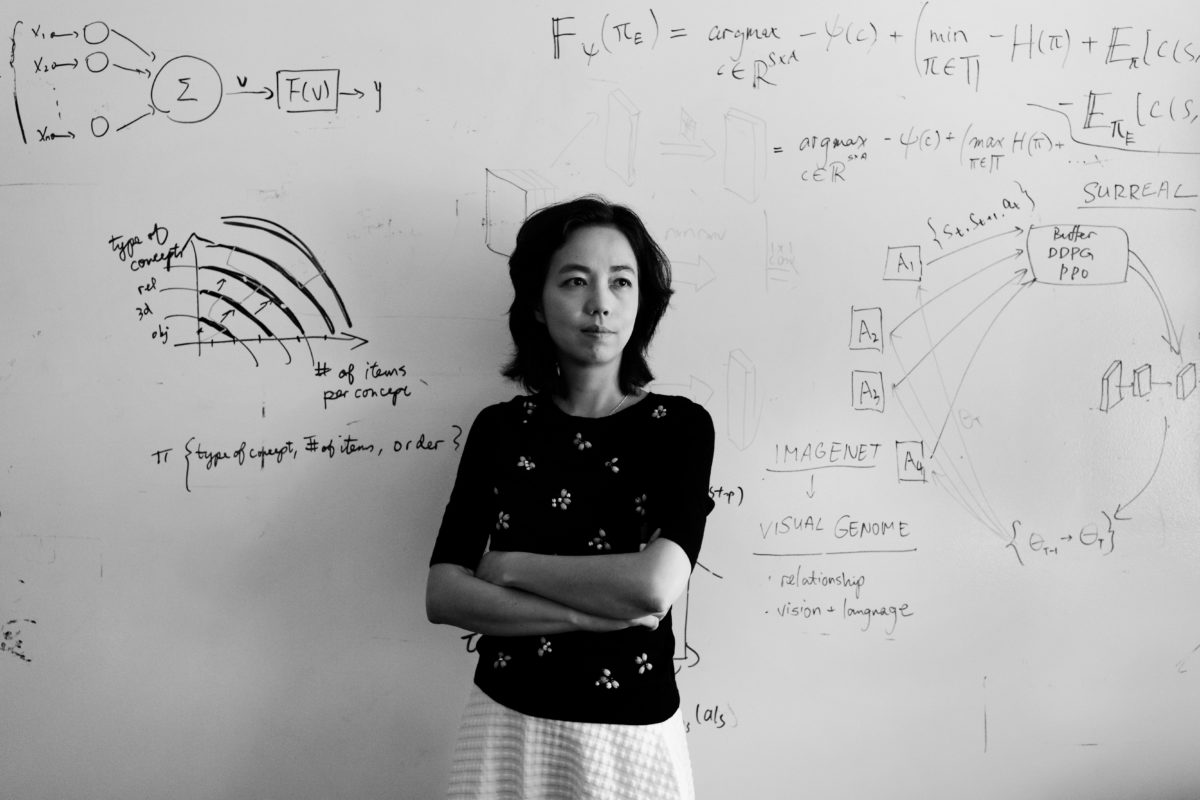
She founded and managed the ImageNet initiative. It’s a repository of millions of tagged photos that have altered the course of AI. in addition, it formed the basis of deep learning. Moreover, reports say that Geoff Hinton and his colleagues used their neural network-based model AI trained on ImageNet.
Finally, artificial intelligence is changing the way you work. Moreover, the potential for what is possible. Also, it’s an avenue for women-led growth and development. These extraordinary women are trailblazing the way to the future.





















